|
There are plants that are thugs in the garden. Unfortunately they are sold at garden centers or unknowingly given to us by friends. Or….they have spread into our yards and we mistakenly let them grow. They are the bullies that forcefully take over our landscapes and fragile ecosystems. When our native plants that feed and support our native bugs, birds and mammals are compromised, the delicate balance of nature is upset. What is a thug? It is a plant that aggressively spreads and is very difficult to remove. These plants are often ‘low maintenance’ in the short term because they grow quickly, have few diseases, pests or deer problems. However after a couple of years they will spread to other beds, lawns and native growing habitats. Removal often requires a lot of manual removal or chemicals. The plants listed here are lessons from my own gardening mistakes or those experienced by my friends and clients. Even if these plants are free, cheap or deer resistant, practice self restraint. You’ll not regret your choice to remove them from your existing landscape. Or better yet, never plant them. Perennials Bishops Weed This is impossible to eliminate without chemicals or plastic covering. I had a client who paid a lot of money to have it removed from her small urban garden and it ALL returned the next season. Though it's variegated leaves are attractive, they choked all of my client's perennials. Due to nearby shrubs, it is close to impossible to lay plastic to smother it. So it took several applications of a chemical weed killer. Creeping Bellflower While the purple flower is quite lovely, it grows EVERYWHERE. It takes over beds and grows through dense ground covers. This flower quickly spreads to nearby forests and wild areas. Anemone I planted this in my front yard with hopes to lengthen the blooms in my garden. They typically bloom late August through September. I wish I had done my research 20 years ago. I have been chasing it for over 15 years and still have not completely eradicated this perennial. It continues to pop up within my shrubs and between pavers. Lily of the Valley I accidentally transplanted this plant from an old garden 20 years ago and it has also started to wind itself through my shrubs, making it very difficult to manually remove. Some enjoy this plant due to fond memories of a loved one or enjoy the strong fragrance. Near woodlands it can creep and invade understory areas. Vinca (periwinkle) This ground cover is taking over our native understory. The periwinkle colored flowers and cream/green foliage are very tempting to plant. While walking client's woodland sites there is evidence of this plant growing without restraint in native areas. Mint Every year I see herb and vegetable gardens taken over by this plant. It is wonderful and smells so good, but plant in a pot on the deck or patio. Or place pot in the ground to keep it contained. Bee Balm This plant took over my neighbor’s entire front yard beds. Despite being a super pollinator, it will move into your landscape and never leave. It also is prone to powdery mildew, so not only will you have an entire garden filled with Modara (bee balm), it will look ugly and the disease may spread to other plants. Gooseneck Loosestrife This is the plant which Holly most regrets planting. It is a vigorous grower and will take over flower beds in a brief time. Efforts to remove it are only temporary; she’s chosen not to spray with Roundup because of nearby perennials and shrubs. Loosestrife has extensive root systems which sprout new shoots. This means that to contain the spread, all roots must be dug up. Purple Loosestrife has overtaken native species in many marshes and wetlands in the northeast. Vines Trumpet I had a friend who had trumpet vine roots growing through the walls of her basement. Another person had a beautiful variegated one which must constantly be removed from arborvitae shrubs. It’s now spreading into the grass. Be thoughtful of your neighbor before planting this vine. Another client tried to get rid of it when she removed an arbor, and it took her 3 years of Roundup to eradicate it. Wisteria Wisteria has the same issues as the trumpet vine: Invasive, years to eradicate and as it matures, its branches thicken like a tree. A mature wisteria can destroy the structures it is planted on. Not only will roots spread many feet away, it also needs a strong metal trellis. Sweet Autumn Clematis I planted this vine to extend the flowering season in my garden and to achieve a quick vertical screen. Eventually it started self seeding in my beds and hillside. It is also taking over our native habitats by climbing trees and choking out native perennials. Bittersweet/NightShade Toxic to people, pets and livestock. If you see it, eliminate it. Period. Ivy and Virginia Creeper They take over landscape beds, climb and kill trees and shrubs, and are a risk to our native plants in our woodlands and parks. If ivy or creeper adheres to building with brick or stone, the plant will eventually damage mortar joints, causing expensive repair. Shrubs Amur honeysuckle (Lonicera maackii), Barberry, Privet, Burning Bush, Rose of Sharon: Rapidly spread to forests and displace native perennials and understory plants. Japanese Knotweed: Has aggressively invaded stream banks, fields, weeds, rail trails, and yards. This shrub is virtually impossible to eliminate. It stores enough carbohydrates in its roots when cut or sprayed with weed killer to return year after year. If you see a SINGLE stem in your yard, dig it up immediately! Bamboo: In my humble opinion this plant should be prohibited. It is unethical to plant as it will spread to other people’s property (just like Japanese Knotweed) and it is virtually impossible to eradicate. It grows quickly and can fill an entire property in just a few years. Some people have had their yard bulldozed to remove bamboo. If you are tempted to plant this, it may be illegal and cost hefty fines. Check out your local ordinances first, or simply respect your neighbor and consider an alternative. Trees There are invasive trees that rapidly spreading to our forests and displace our native understory trees. Unfortunately these have been used by municipalities and commercial property owners as street trees. Two of the more popular trees that prevent other larger native seedlings from germinating are:
The most fail-proof way to avoid invasive vines, perennials, trees and shrubs is to do your homework before planting. And understand that there is a difference between perennials which spread by reseeding, like daisies and coneflowers, and those that spread ruthlessly, crowding and eventually taking over planting areas. Because invasives are non-native, they have no natural predators or diseases. They will come back year after year and are nearly impossible to eliminate once established, even for even landscape professionals.
For guidance in choosing alternative plants, these links will be extremely helpful. Use the Native Plants for the Small Yard as a resource because it contains sample designs for a variety of landscapes. The Invasive Plants in Pittsburgh is a useful visual guide for identifying invasive plants in your yard. Use the pictures as links to the PDF files which you can download for reference material.
0 Comments
Your comment will be posted after it is approved.
Leave a Reply. |
Thank you for finding us! Holly and I have collaborated to bring you informative, fun, and seasonal garden inspiration blogs.
Subscribe to receive our blogs on the 1st and 15th of the month--Gwen Follow my landscape & garden design Pinterest Page to see more pics, inspiration and Gwen's home garden journey!
AuthorsGwen Wisniewski: Landscape and Garden Designer. Contact me. Let me help you integrate these garden inspirations. Choose the links below to find out more about my landscape design service or to make an appointment. |
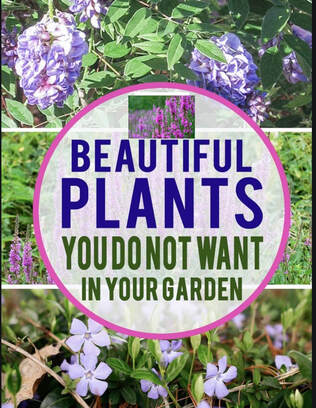
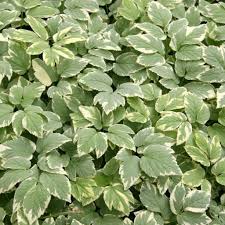
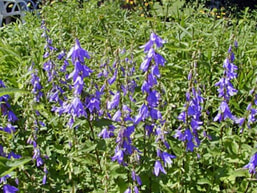
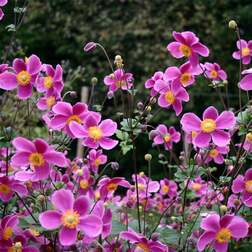

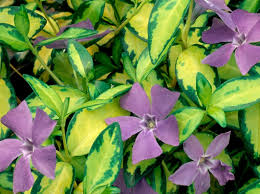
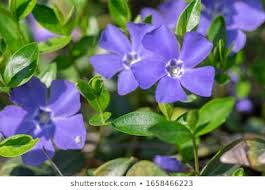

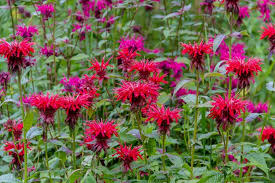
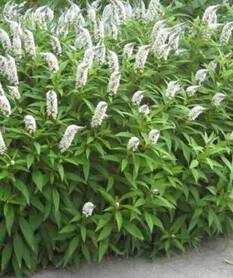
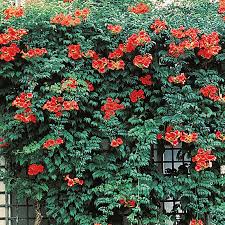
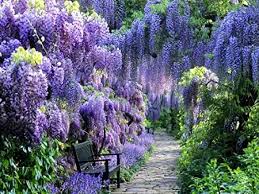
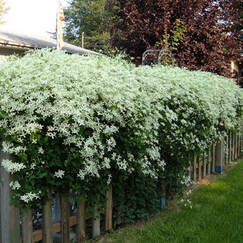

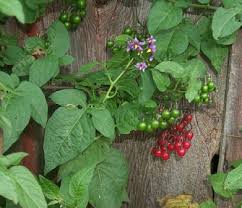
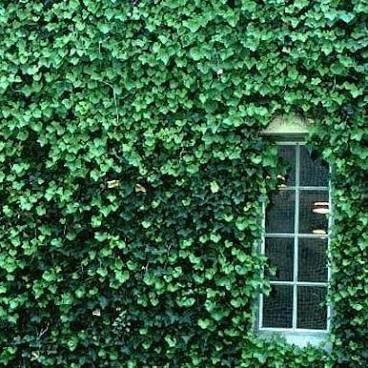
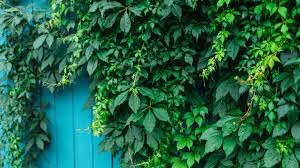
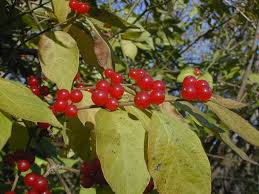
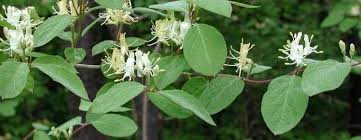
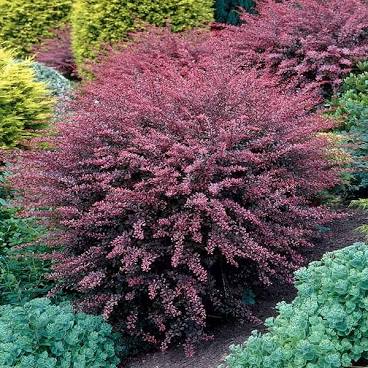
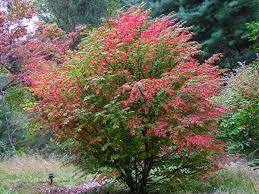
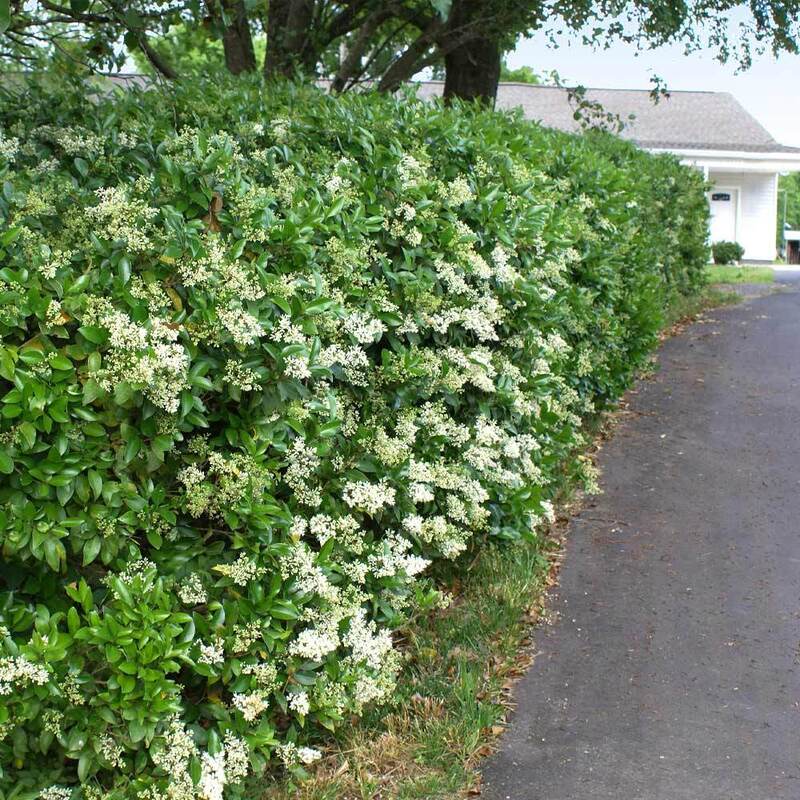
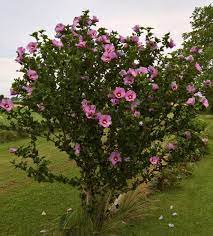
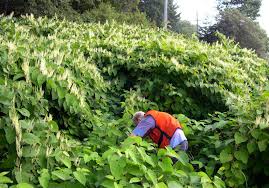
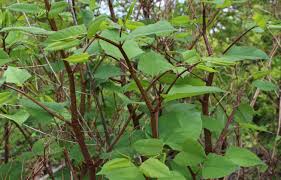

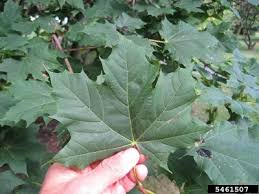
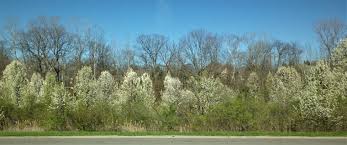
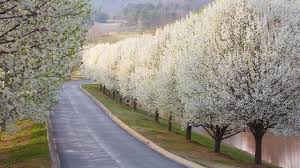

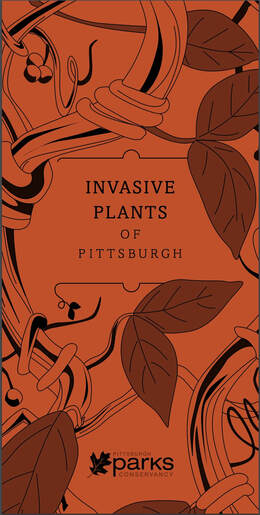


 RSS Feed
RSS Feed